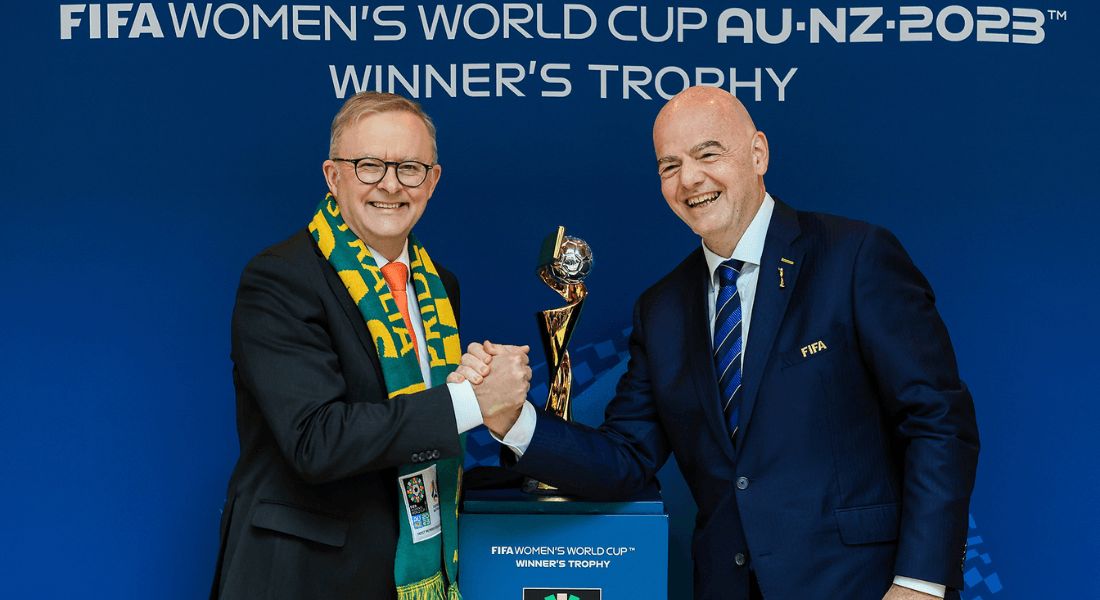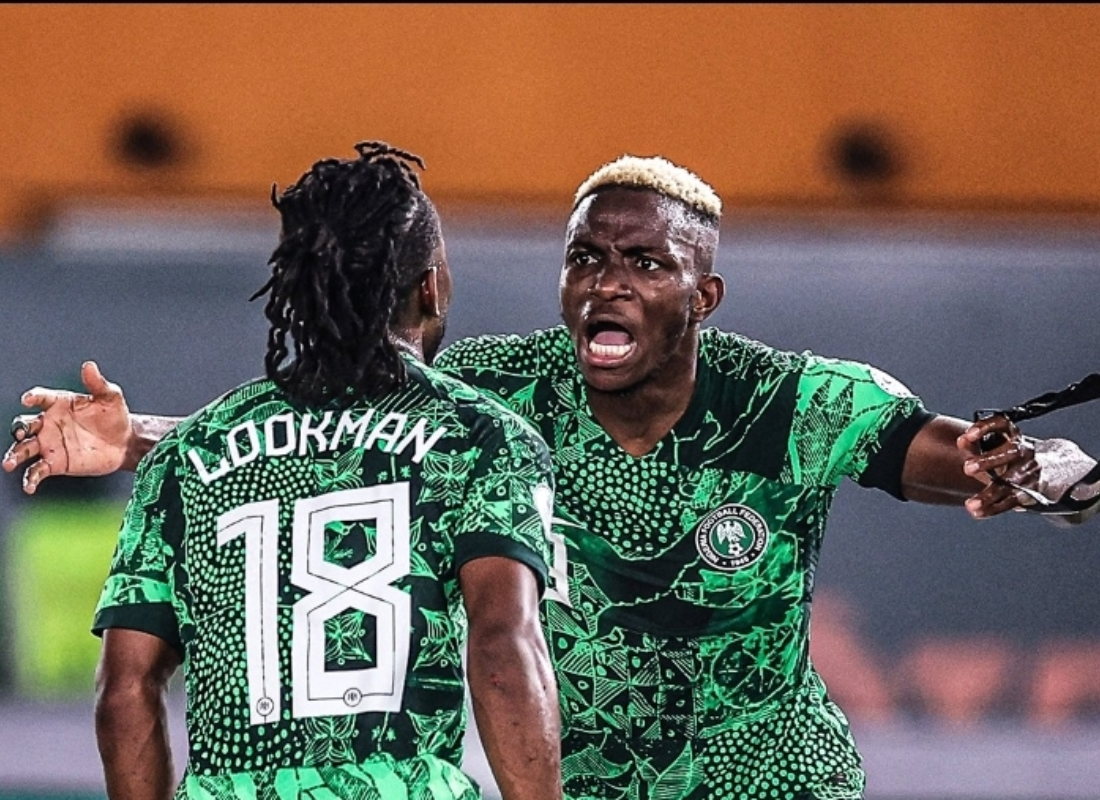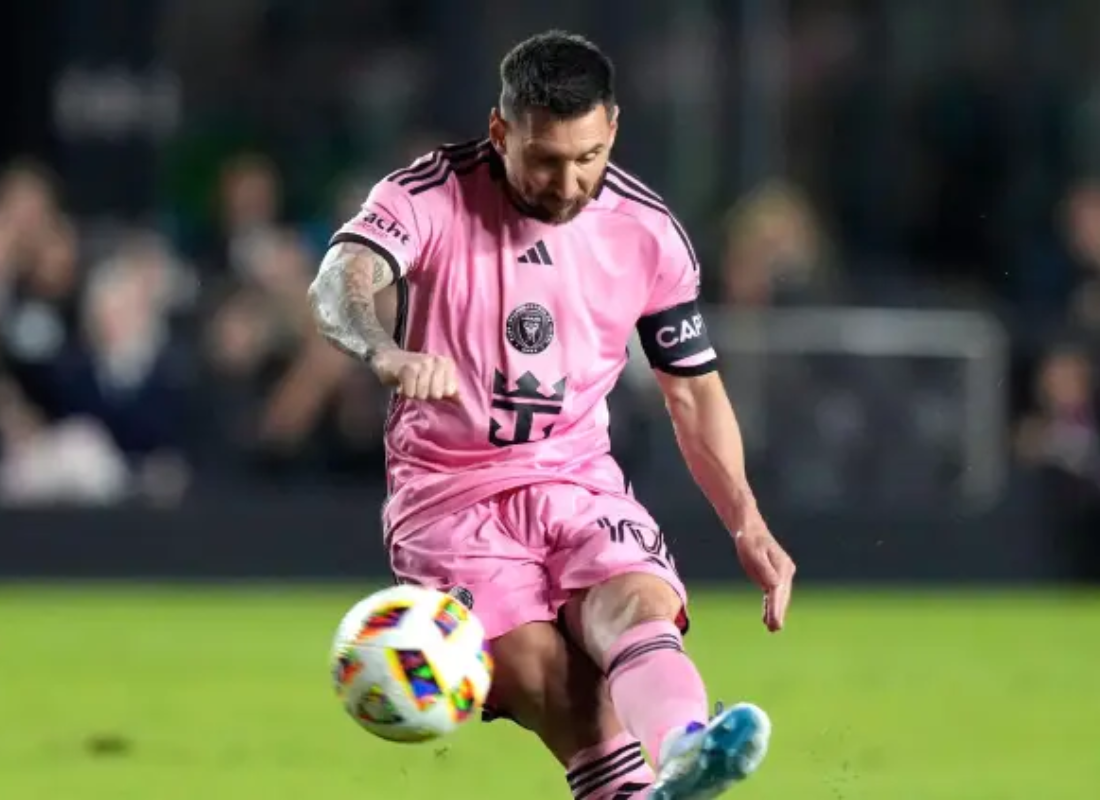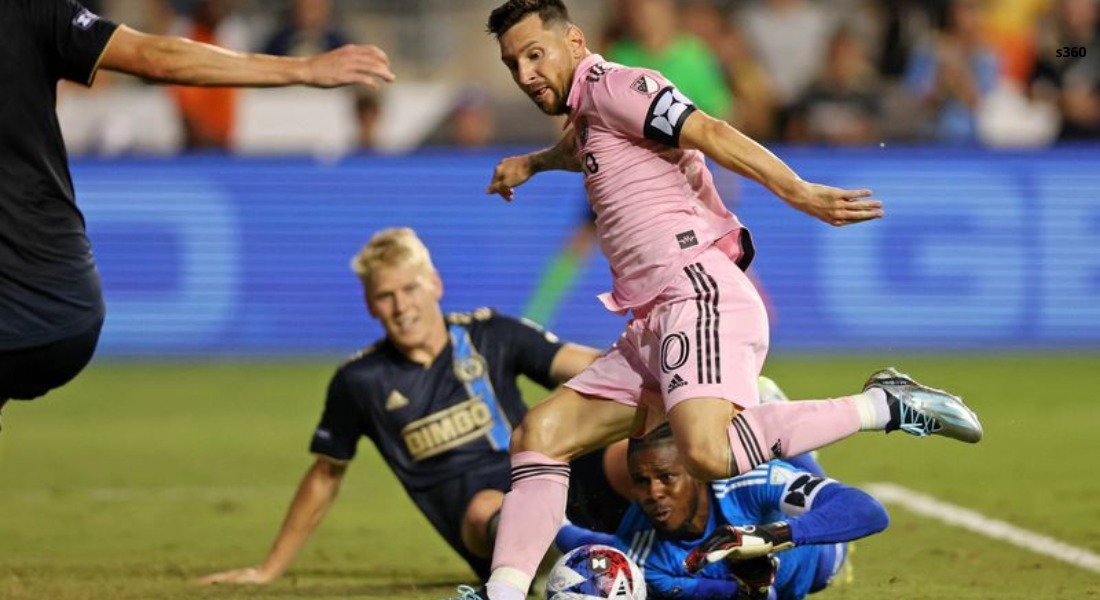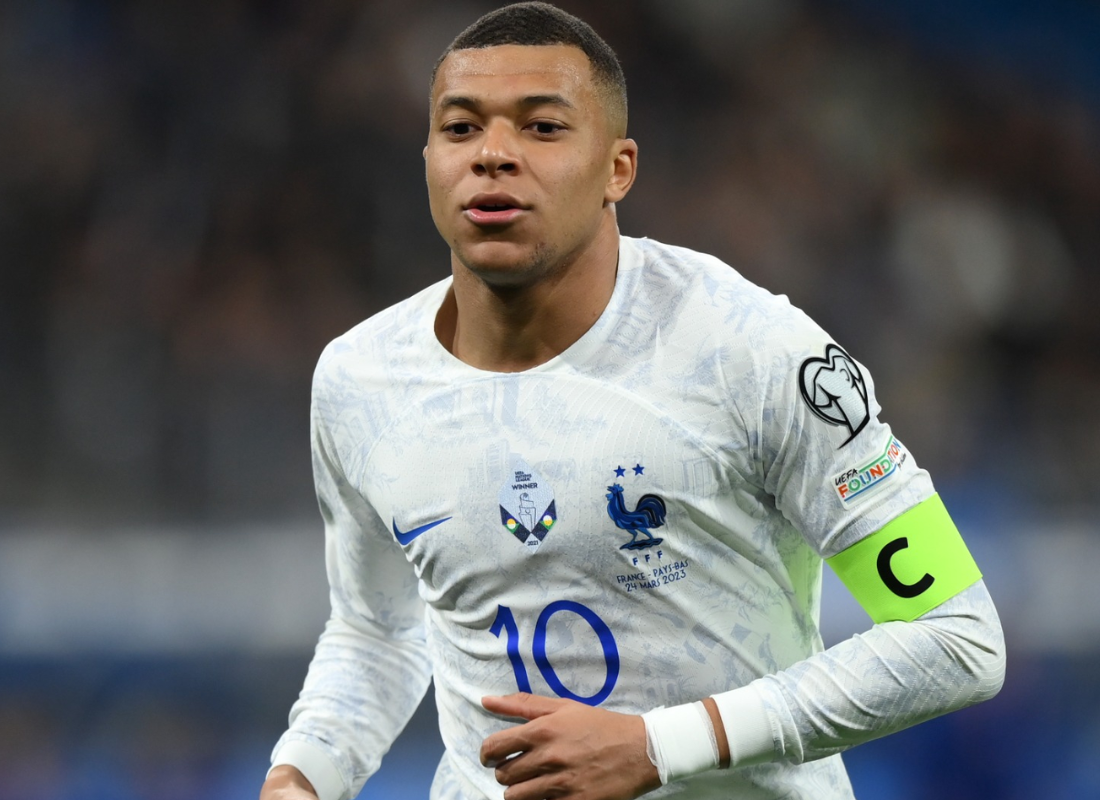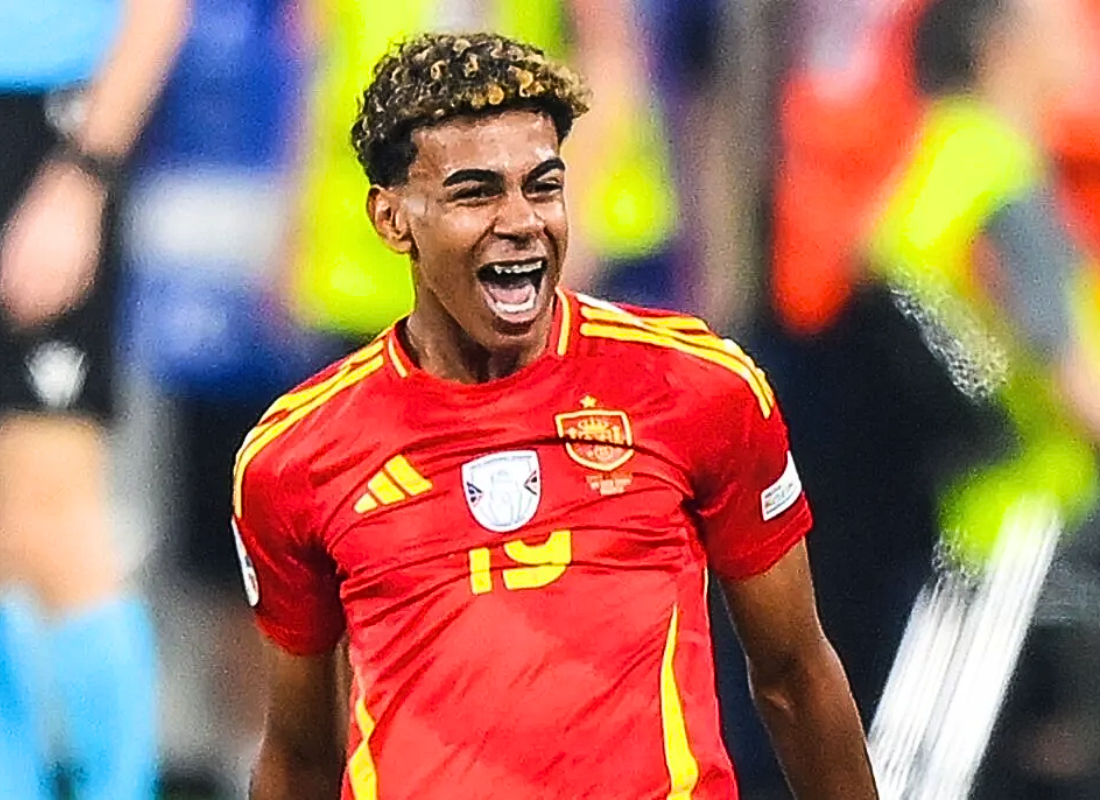We examine the essential partnerships that could significantly impact the determination of the winner of the FIFA Women’s World Cup 2023
-The center-backs of Spain will encounter a test.
-The Lionesses’ midfield pair shoulders a significant duty.
-The creative talents of Bonmati and Hermoso might hold crucial importance.
SPAIN
Irene Paredes and Laia Codina are in the spotlight

The Spanish defense has faced intense scrutiny throughout this tournament. While their midfield and attack garner acclaim, pundits have questioned how a less renowned defense would handle pressure. This scrutiny intensified following their 4-0 defeat to Japan in the concluding group stage match.
Paredes has been on the field for every minute of Australia & New Zealand 2023 with La Roja. On the other hand, Codina joined the team during the round of 16 against Switzerland. She impressively rebounded from an early own goal by scoring at the correct end in a commanding 5-1 victory. She subsequently delivered strong performances against the Netherlands and Sweden.
If the center-backs can thwart England’s pace and physicality from finding the net, it could significantly contribute to their pursuit of a maiden FIFA Women’s World Cup™ title.
Aitana Bonmati and Jennifer Hermoso constitute the duo
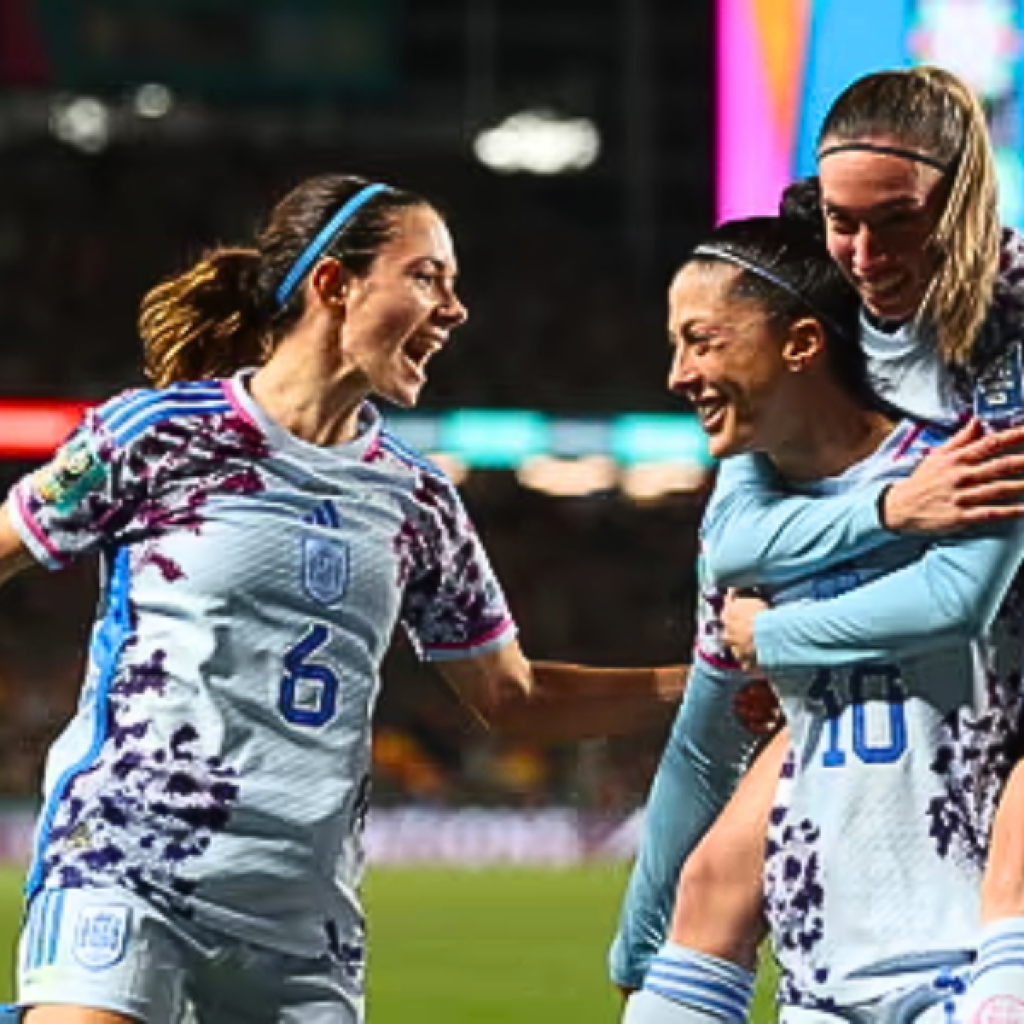
Is there a midfielder currently surpassing Bonmati’s exceptional skill worldwide? The 25-year-old’s ball mastery is superb, and her ability to elude defenders and execute accurate passes is one of Spain’s prime strengths. Additionally, she has demonstrated her proficiency in goal-scoring, notching three goals in the ongoing tournament.
The synergy between her and striker Hermoso is of utmost importance for Spain’s offensive tactics. The characteristic feature of this Spanish squad is their prowess in advancing – it’s a graceful and delightful spectacle. If Bonmati and Hermoso can effectively collaborate in the attacking third, thwarting their advances could pose a significant challenge for their adversaries.
ENGLAND
Alessia Russo and Lauren Hemp are the subjects of attention

The Lionesses have drawn notice for their adaptable strategies in this tournament. They commenced the competition using a 4-3-3 formation, with Hemp and Chloe Kelly as wide players and Russo positioned centrally. Yet, in their concluding group-stage game versus China, coach Sarina Wiegman shifted to a 3-5-2 configuration, placing Hemp and Russo in a striking partnership – a decision that yielded success.
I hope I'm not the last Australian to hold the @FIFAWWC trophy. Can't wait to see @TheMatildas lift it up. pic.twitter.com/x5pKlxY0f6
— Anthony Albanese (@AlboMP) August 2, 2023
Both players found the net in their semi-final victory over Australia, and their collaboration is pivotal for England’s offensive effectiveness against Spain. Hemp doesn’t conform to the conventional mold of a central forward, yet her speed and technical proficiency cause challenges for opposition teams, particularly during transitions. Teamed with Russo, who is emerging as one of the premier strikers in global football, their attributes could pose a notable threat to opposing defensive lines.
Keira Walsh and Georgia Stanway step into the spotlight

In the encounter with the Matildas, England displayed their dominance in the midfield, particularly during the second half. As Ella Toone assumed a more advanced No. 10 role, the task of controlling possession and halting defensive transitions rests upon Walsh and Stanway.
Walsh’s qualities are widely acknowledged. The Barcelona midfielder is celebrated as one of the globe’s premier performers in recycling possession and offering protection to the defensive line. Conversely, Stanway serves as a creative and attacking force that complements the forwards. England’s midfield duo faces a significant test against Spain, yet Walsh, especially, holds the belief in her capacity to excel, even when facing many of her club peers.
ALSO READ:
- England VS Australia 3-1: Live Updates, WWC 2023 Semifinal
- Cristiano Ronaldo’s birthday with 10 iconic football records
- PSG: Nasser Al-Khelaïfi discusses Kylian Mbappé’s future

